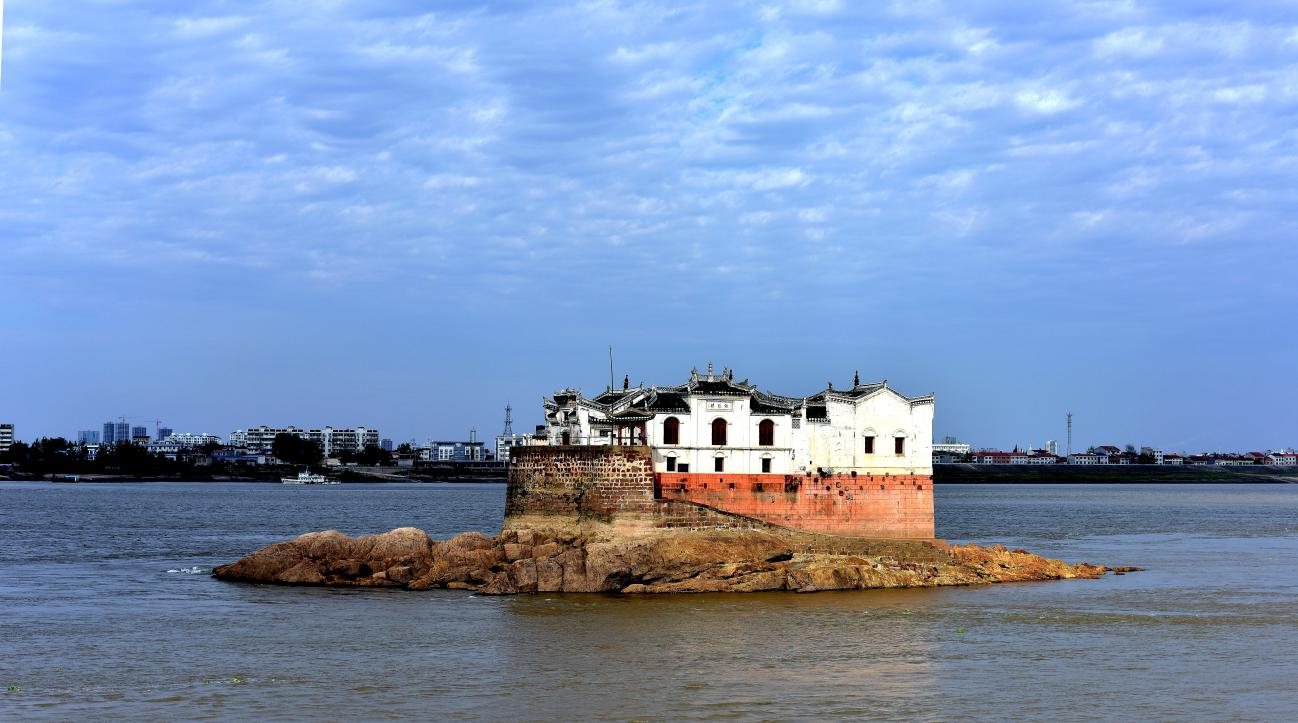
On the islet in the middle of the Yangtze River, not far from the city proper of Ezhou, there stands an ancient temple with white walls and green tiles. The islet resembles a curling dragon looking up to the west. The Guanyin Pavilion, the "Greatest Pavilion of the Yangtze River", stands above the dragon's head, looks like the "Little Penglai" in the fairy mountain on the sea.
Liangzi Lake
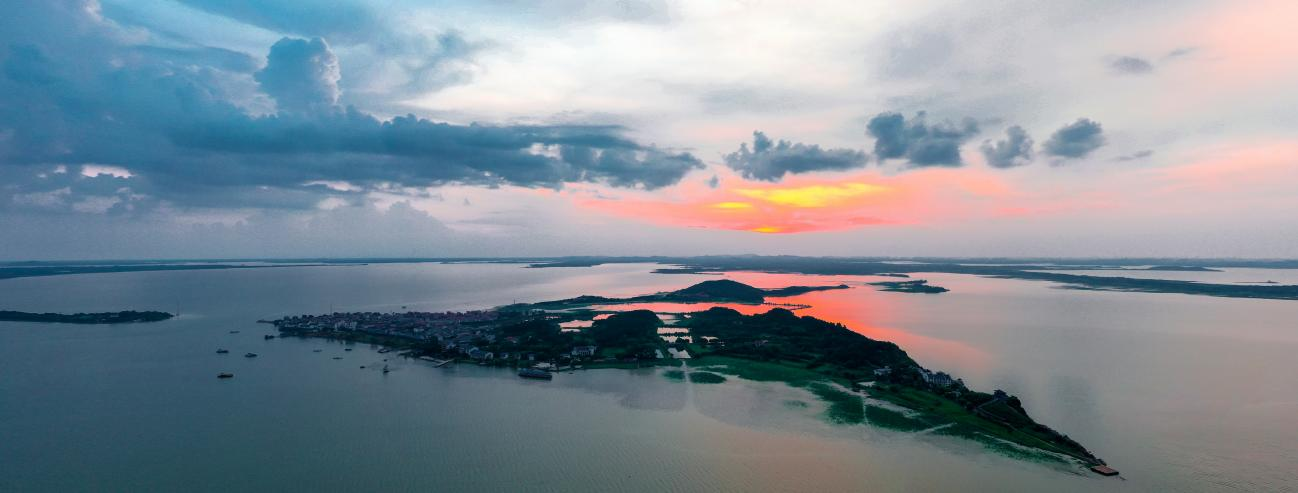
Liangzi Lake, with clear water and mist lingering on the surface, is one of the top ten famous lakes in China. The lake area enjoys agreeable climate and good ecological environment. It boasts abundant animal and plant resources, including 105 species of fish and 137 species of birds, being regarded as “species gene bank”, “underwater forest” and “bird paradise”.
The lake area has a pleasant climate, good ecology and abundant animal and plant resources, including 105 species of fish and 137 species of birds.
Xi Mountain Scenic Area
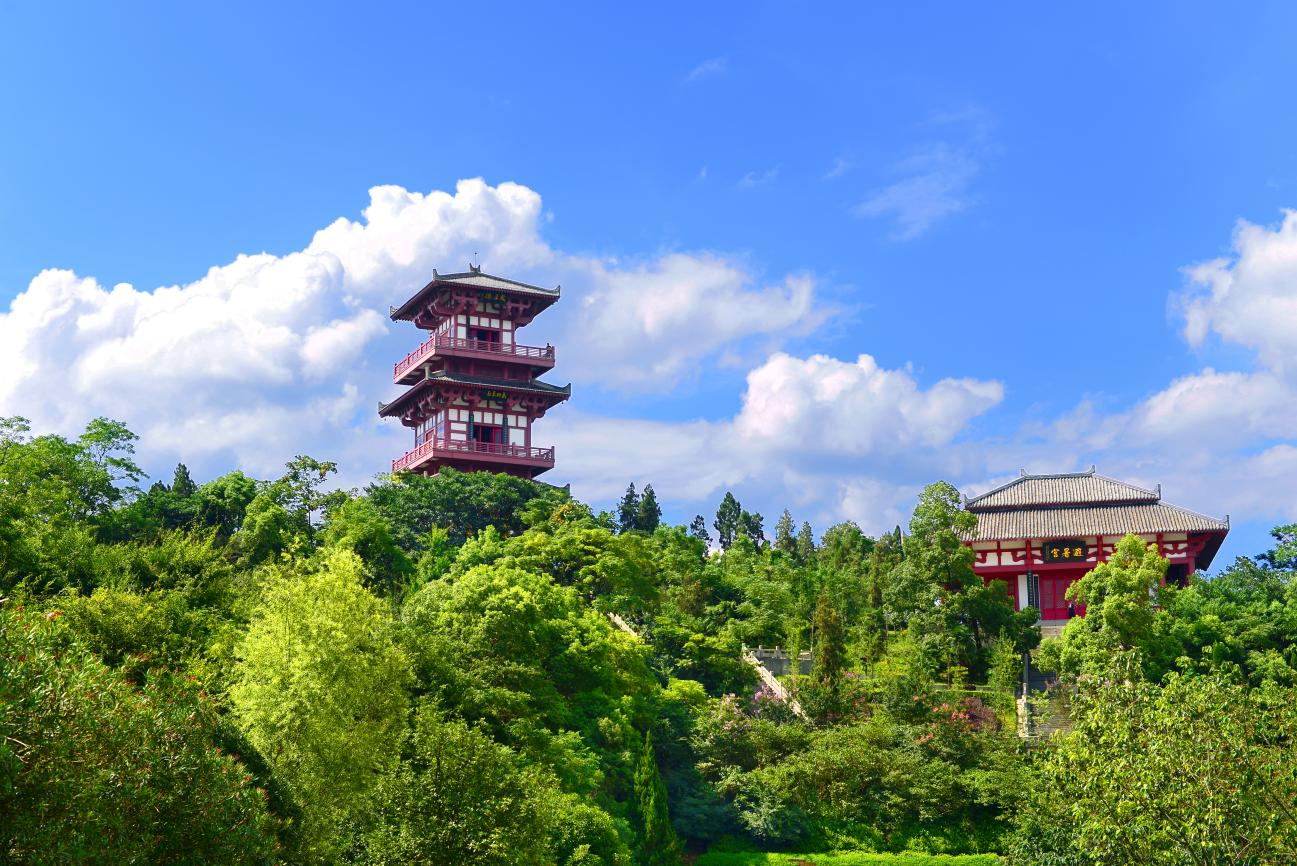
The Xi Mountain Scenic Area starts from the riverside, and offers ancient, secluded, extraordinary and majestic sceneries. The mountain is about 1.6 kilometers long from east to west, about 1.2 kilometers wide from north to south, with the main peak of 170 meters and a total area of more than 4,000 mu. There are six valleys on the mountain, connecting seven springs, three ponds, one lake and two waterfalls. The underground water of Xi Mountain is of prime quality and inexhaustible all year round. There are over 20 main scenic spots, including Wuchang Tower, Reading Hall, Summer Residence, Xiu Garden, Jiuqu Pavilion, Songfeng Pavilion, Sword Test Stone and Shi Men Kai. Xi Mountain Scenic Area has been open to tourists free of charge since 2010. It is one of the most famous scenic spots in Ezhou and Huanggang area.
Lianhua Mountain Tourist Area

Lianhua Mountain Tourist Area, a 4A-level scenic spot, is located on the bank of Yanglan Lake in Ezhou. In the scenic area, there are undulating mountains and a network of roads, and more than 30 cultural landscapes are dotted among them. The architectural design is mainly based on dragon and lotus flower. It is a good place for sightseeing.
Ezhou Museum
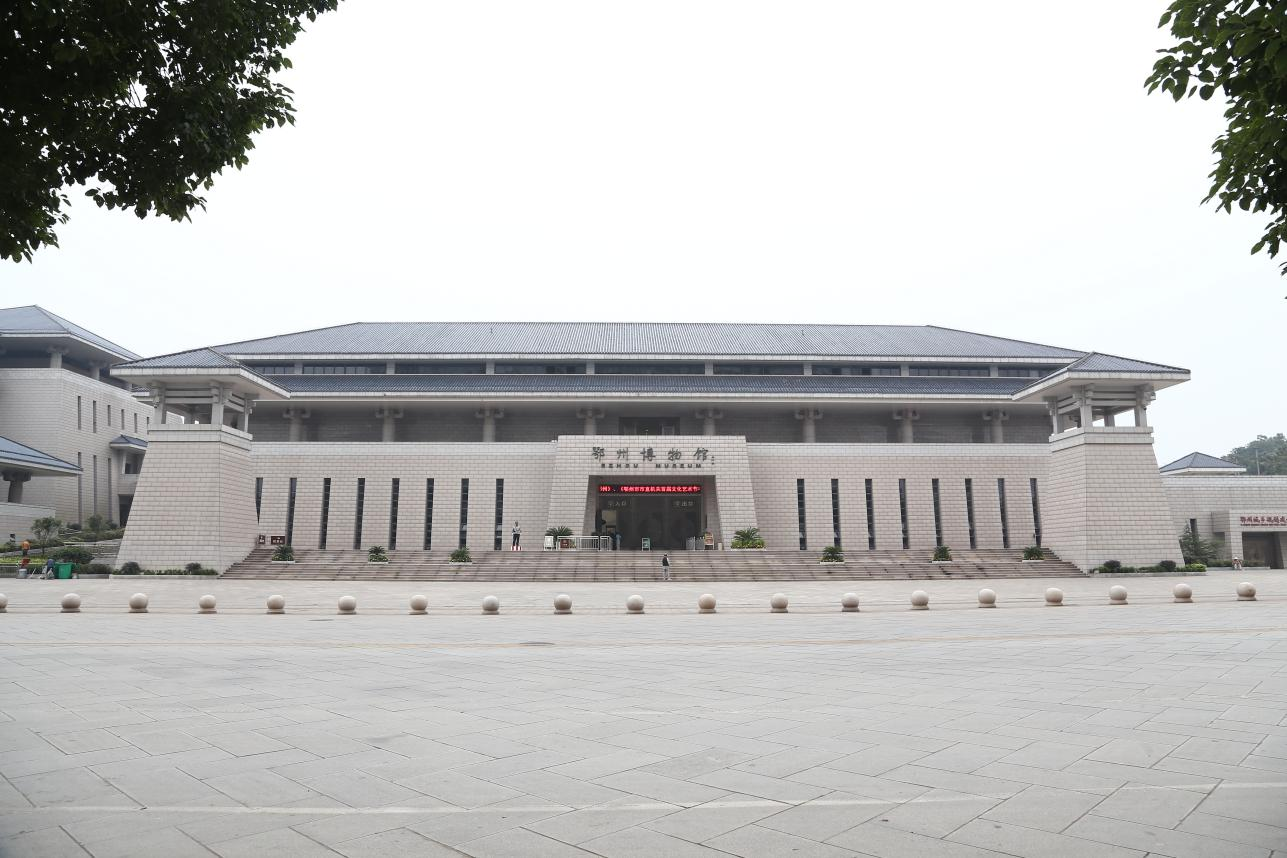
Ezhou Museum, a 3A-level scenic spot, is a local comprehensive museum. It covers an area of 23.69 mu and has a collection of more than 70,000 pieces (sets) of cultural relics, among which nearly 5,000 pieces (sets) of precious cultural relics, including 67 national first-class cultural relics, 622 second-class cultural relics and 3,838 third-class cultural relics. Most of the collections are relics from archaeological excavations, featuring cultural relics from the Six Dynasties, especially celadons and bronze mirrors from the Six Dynasties.
Former Military Headquarters of He Long
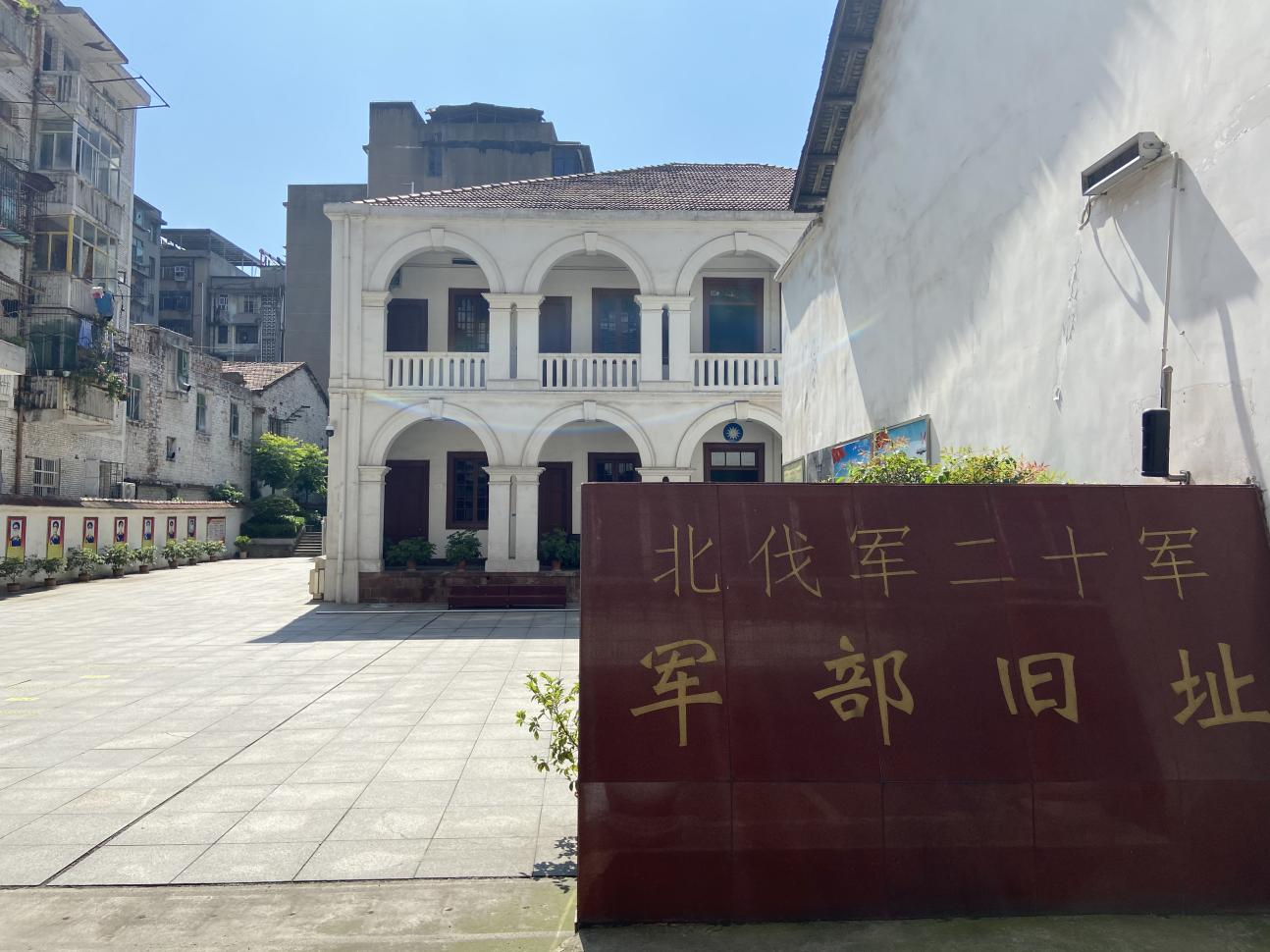
The Memorial Hall of the Former Military Headquarters of He Long is located at the Dabeimen of the city proper of Ezhou. This is the only well-preserved and well-documented former military headquarters during the Northern Expedition when Comrade He Long was the commander of the army. It is an important physical prove of Comrade He Long's revolutionary activities in the early years and therefore is of great historical value. The site was initially established in April 1927. It was then the base camp for He Long in Wuhan, when he was the commander of the National Revolutionary Army's 15th Independent Division (expanded to the National Revolutionary Army's 20th Army in June of that year). It was from here that He Long went to Nanchang, where he participated in and directed the "Nanchang Uprising".
Florentia Village
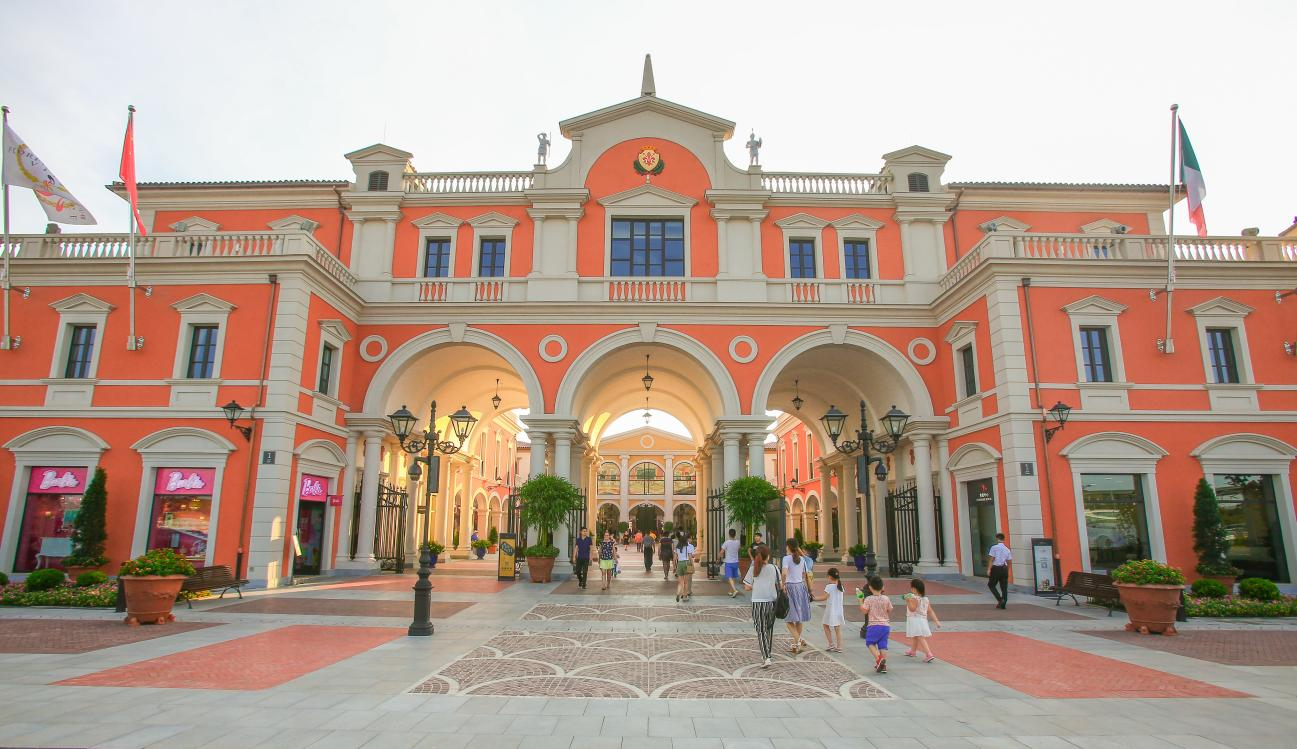
Florentia Village, a 3A-level scenic spot, is located in Gedian Economic and Technological Development Zone in Ezhou. It is a major outlet for luxury products that features Italian architectural style, demonstrating the consistent designing idea of Florentia Village. The outlet is connected by Wuhan Metro Line 11. Convenient transportation, a great variety of brands and one-stop facilities have offered consumers in central China an Italian-style shopping experience.
Liangzi Lake Golf Course
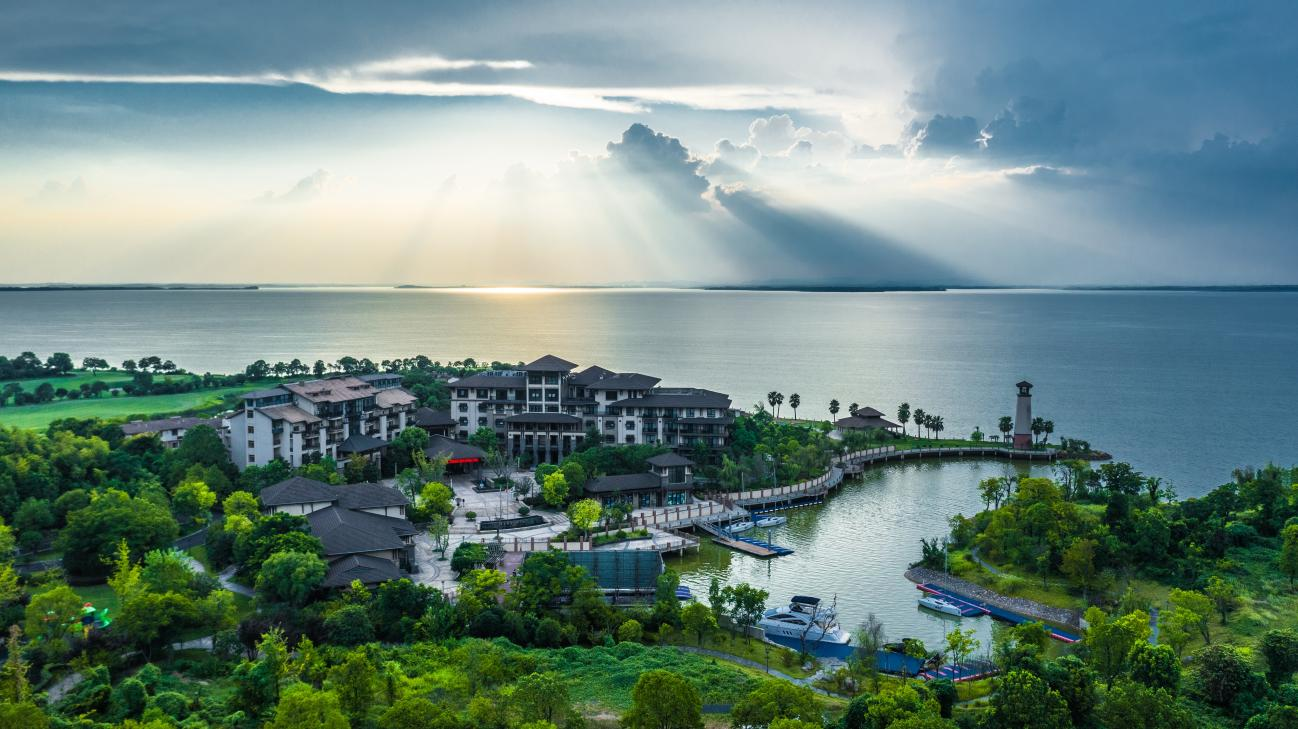
Liangzi Lake Golf Course is located at the northern end of Maotang Peninsula, and is one of the most beautiful wetland golf courses in Asia with original ecology. The course covers a total area of 1,800 mu, and features the landscape of original ecology. There are groves of camphors and bamboos, and rare wetlands among other beautiful landscapes.
Honglian Lake Resort
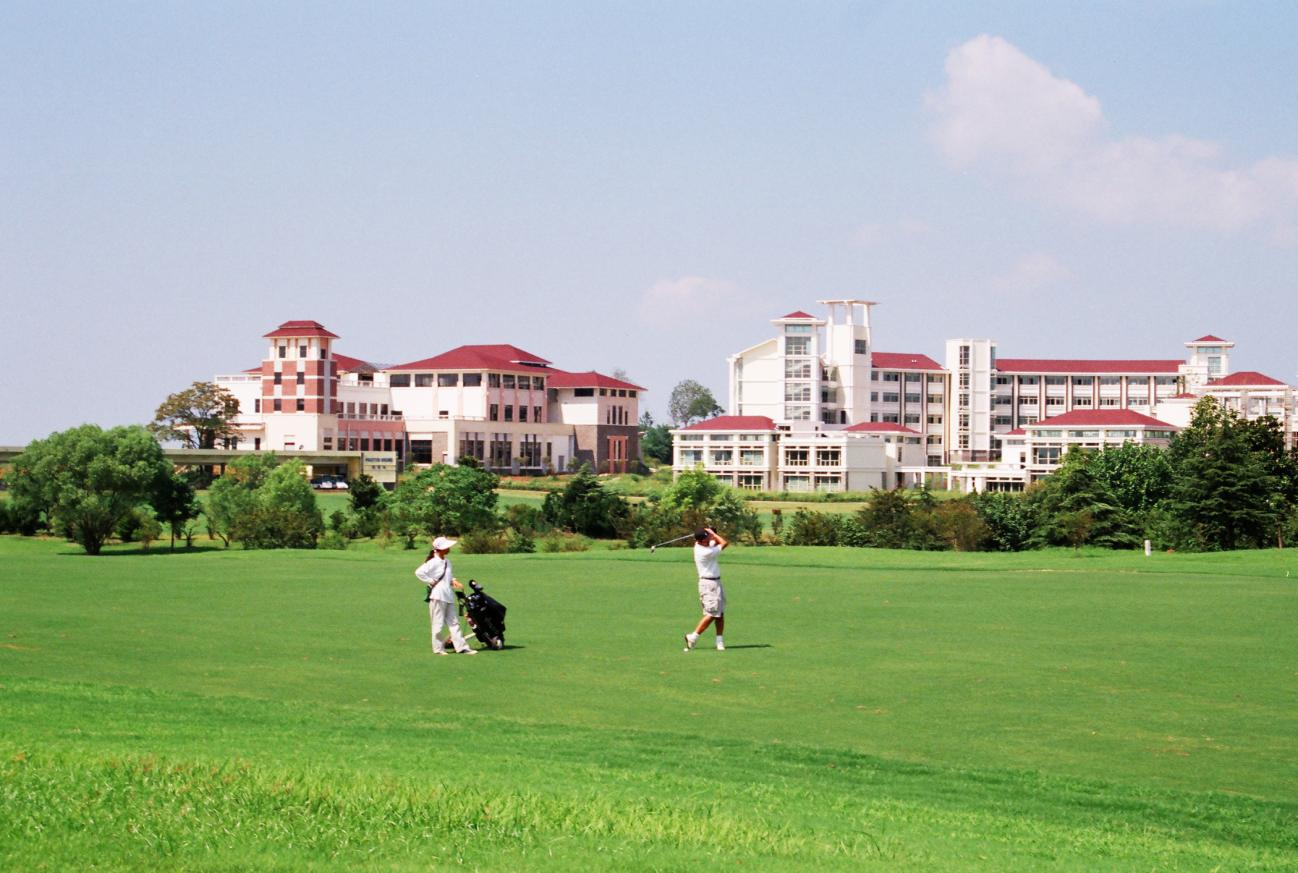
Honglian Lake Resort is built around Honglian Lake, which covers an area of about 5.5 square kilometers. It is a multi-functional resort that integrates tourism, leisure, business, finance, science and technology, culture, sports and rehabilitation. The resort offers a standard 18-hole golf course. It is built near the lake and has a beautiful environment. The comprehensive service area includes a clubhouse, a conference center, a hotel and a leisure area. It is a wonderful place for business elites to get together, and the biggest tourism and leisure spot in central China.
Baizhi Mountain Scenic Area
Baizhi Mountain is located in Bishi Town, 15 kilometers south of the city proper. It is connected to Dongfang Mountain in the east and Taohua Mountain in the south. A deep and long valley was formed by the two peaks, and was called Shili Long Valley (Shili -- 5 km). It used to be the only way to enter the Mufu hills in ancient times. The main attractions are Lingjiu Temple, Stone Buddha Statue, Wangge Terrace, Muyu Rock, Hydrangea Peak, Lion Ridge, etc.
Longpan Rock (Dragon Curling Rock)
In the middle of the grand river outside the Xiaodongmen of Ezhou City, there is a huge reef, winding like a golden dragon, and it is named the "Longpan Rock". The “dragon” looks up to the west, and the Guanyin Pavilion stands towering above the dragon head, with the gate to the west, facing the water flow in the river. The pavilion is 24 meters long, 10 meters wide and 14 meters high.
Geshan Scenic Area
Geshan is named after Ge Hong, a famous alchemist, medical scientist, scholar and cultural master of Taoism in Eastern Jin Dynasty. The existing forest park covers an area of nearly 1,000 mu, and is home to pine, fir, bamboo, cypress and other trees. The continuous forest area has reached 3,000 mu, and the vegetation coverage rate is over 85%.
Qingfeng Mountain Scenic Area
The holy place for Buddhist in Hubei Province. As early as in Western Jin Dynasty, some enlightenment monks lived in seclusion in Qingfeng Mountain one after another, and therefore the Qingfeng Temple was built, which has been passed down through generations. The main attractions in Qingfeng Mountain Scenic Area are: Boys Worshiping Buddha in Qingfeng Temple, Guanyin Sitting on Lotus, 螺丝吐眼Screw Eyes, Crows Punching Spring, Immortals Playing Chess, Two Drooling Lions, Sunbathing Tortoise, Qingfeng Ancient Spring, Tonggu Mountain, Muyu Hilltop, etc.
Tianping Mountain
Tianping Mountain Scenic Area is a comprehensive tourist attraction that offers touring, sightseeing, education on the history of revolution, Buddhism, leisure and vacation. It was originally command center in southern Hubei during the Anti-Japanese War, and now includes the former site of the party committee office in Zhongxian County in south Hubei, barracks of the New Fourth Army, trenches digged during the Anti-Japanese War, exhibition room of the Anti-Japanese War and cemetery for martyrs of the Anti-Japanese War. The main tourist spots are the Footprints of the Eight Immortals, the Stone of the Immortal's Chair, the Rain-Praying Terrace, and the Ke Zi Tian Xing.
Phoenix Plaza
Phoenix Plaza is located at the Xun Palace in the southeast corner of Ezhou City. It is on the bank of Yanglan Lake, covering an area of 120,000 square meters. There is an eye-catching landmark in the center of the square, which is the symbol of Ezhou City - a soaring golden phoenix.
The Historical Site of King Wu City
The historical site of King Wu City is located in the area of Baizifan in Echeng District (in the south of Ezhou City). It is a rectangular ancient city with a length of 1,100 meters from east to west, a width of 500 meters from north to south and a total area of 0.55 square kilometers. In 221 AD, Sun Quan came to Hubei from Gong’an. Soon, he accepted the title of King of Wu from Cao Pi, the Emperor Wen of the Kingdom of Wei, and began to build the city of King Wu in August of the same year. In March 2013, the site was approved and announced by the State Council as the seventh batch of national key cultural relics protection units.
Yanglan Lake
Yanglan Lake was called Nanpu in ancient times, also known as Nan Lake. It is located in the center of Ezhou City. It was named "Yanglan Lake” because the "Yanglan Temple" was built on the south side of the lake. The Lake covers an area of 5.836 million square meters, of which the water surface is about 2.881 million square meters, and the land is about 2.951 million square meters. The water is 0.7-2.2 meters deep.
Featured Tourism in Rural Area
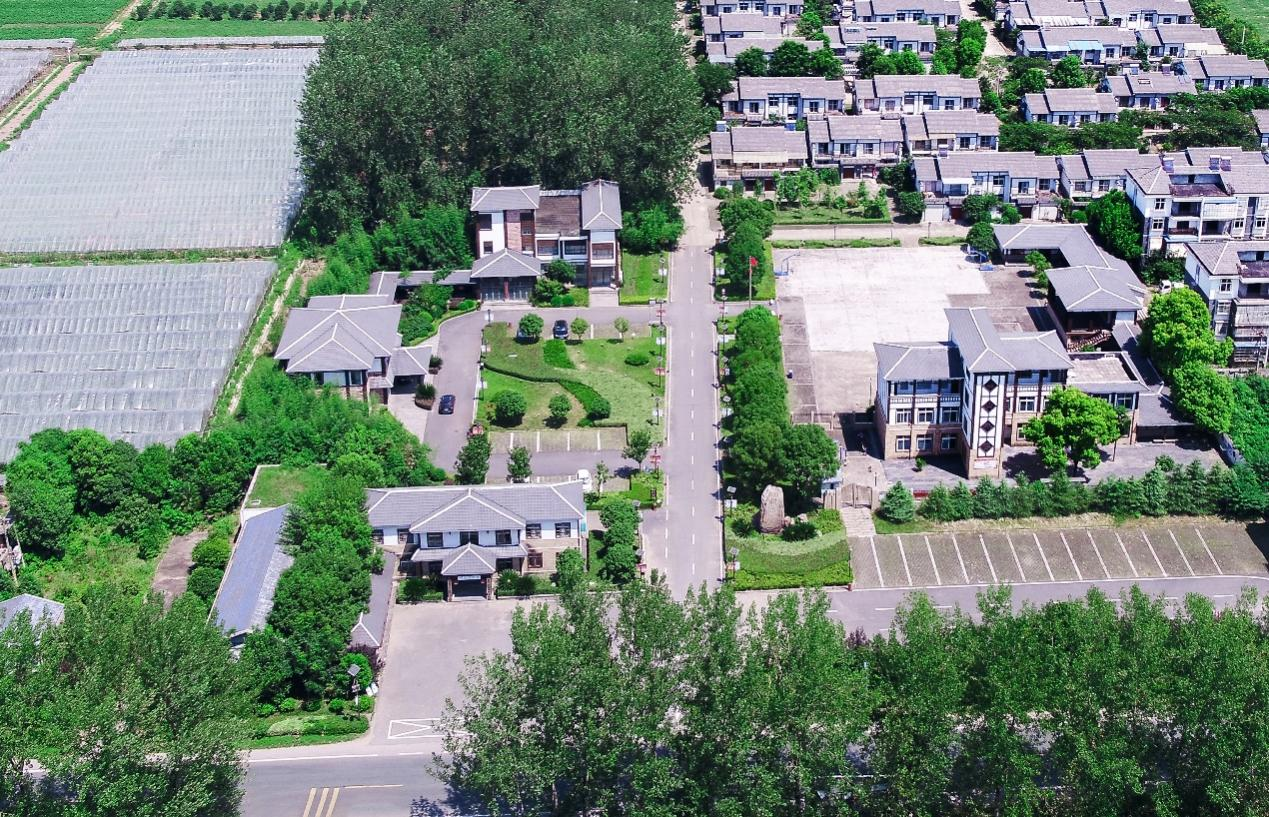
In recent years, Ezhou accelerated its pace in building beautiful villages, riding on the opportunities of rural revitalization to boost tourism. It has created a demonstration belt and boutique routes that integrate agriculture and tourism “along the river, at the port, around the lake, and by the mountain”. Wanxiu, Xingfu Agriculture, Yueshihong among other agritainment destinations have all become good choices for leisure travel.
